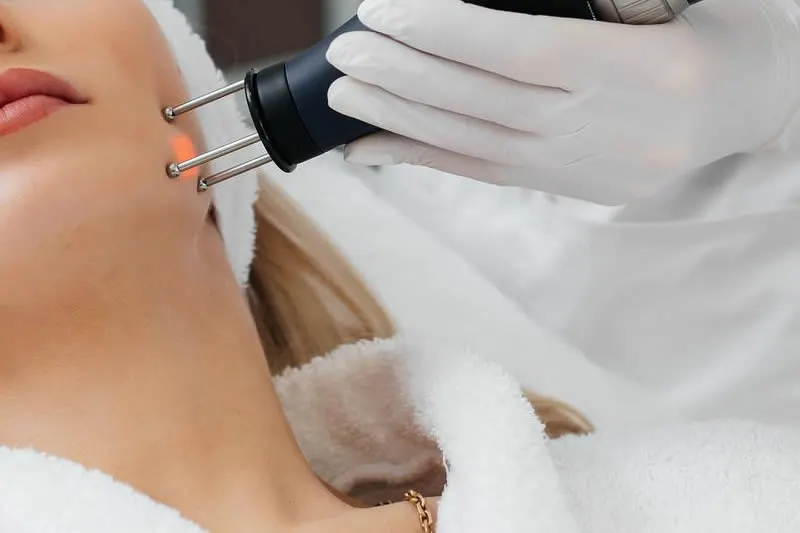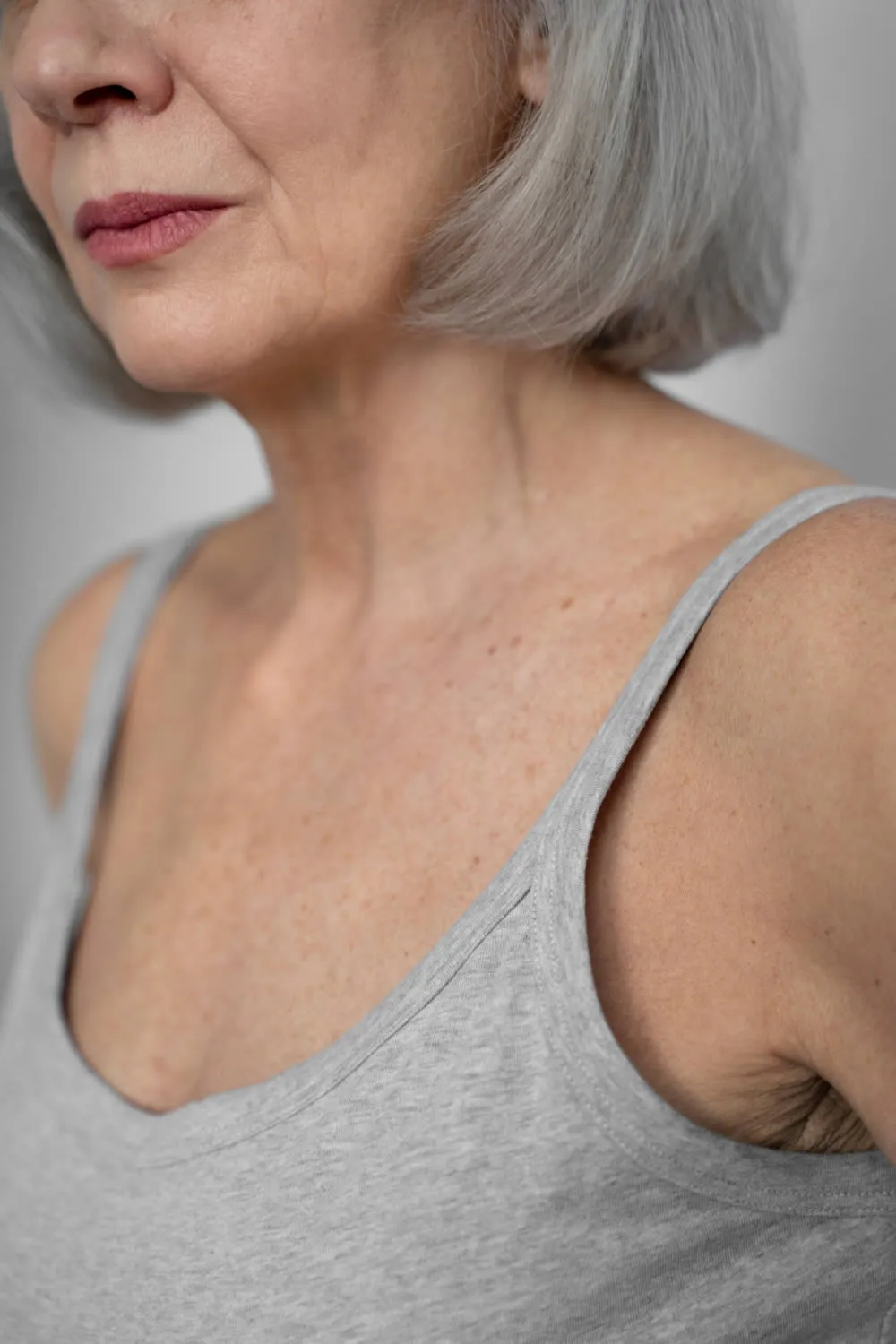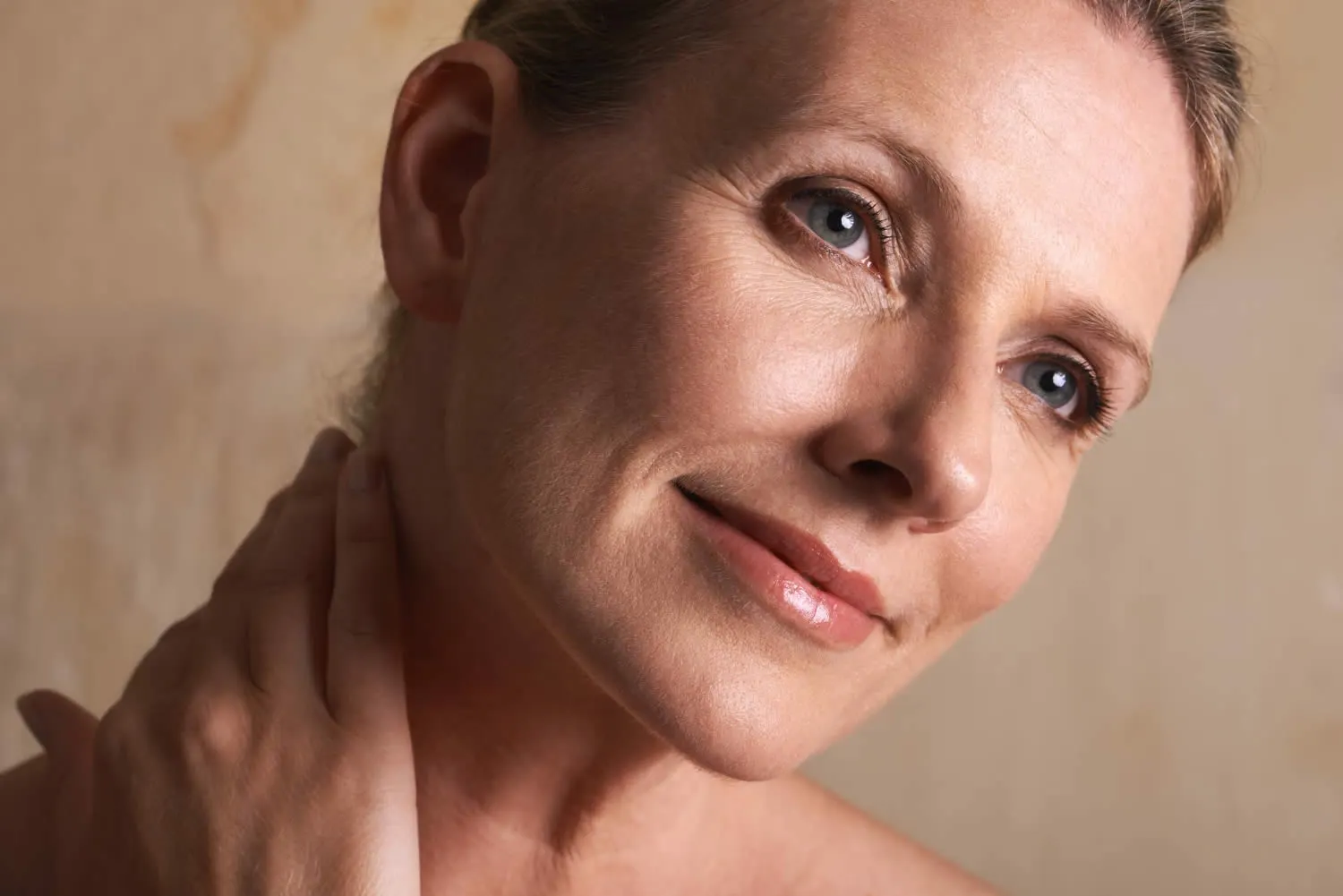What is Erbium Skin Resurfacing?
Erbium laser resurfacing is designed to remove superficial and moderately deep lines and wrinkles on the face, hands, neck, and chest. The Erbium laser heats a narrower area of adjacent tissues than other laser skin-resurfacing methods. This leads to a more focused removal of old skin cell layers.
A significant benefit of Erbium laser resurfacing is the minimal burning of surrounding tissue, resulting in fewer side effects such as swelling, bruising, and redness. Consequently, the recovery time is likely faster than with CO2 laser resurfacing.

How does it work?
Erbium laser resurfacing operates through a concentrated beam of erbium laser light that the skin absorbs. This beam carries thermal energy, heating the water content in the skin, and subsequently vaporizing targeted cells.
Essentially, it induces controlled micro-injuries within the treated skin layer, inciting the body’s natural healing response. This, in turn, stimulates collagen production, resulting in smoother, rejuvenated skin marked by fewer irregularities.
The application methods of erbium lasers encompass three distinct categories: ablative, non-ablative, and fractional.
Here’s an overview of each approach:
Ablative Erbium Laser:
- Concentrated heat vaporizes cells
- Triggers production of new collagen and elastin
- Focuses primarily on the epidermis, but can penetrate upper dermis
- Commonly employs ablative erbium YAG laser for enhanced intensity
Non-Ablative Erbium Laser:
- Targets deeper skin layers without affecting the epidermis
- Enhances existing collagen bonds for skin tightening
- Ideal for minor surface imperfections
Fractional Erbium Laser:
- Blends ablative and non-ablative techniques
- Laser energy divided into multiple tiny mini-beams
- Creates untreated areas amidst treated spots
- Minimizes downtime and accelerates recovery compared to standard methods
Who’s the right fit for Erbium Laser Resurfacing?
Erbium laser resurfacing finds its niche in tackling surface-level and moderately deep lines and wrinkles around the mouth and eyes. However, its prowess extends to a wider spectrum of concerns. This precision-focused technology works wonders on the face, hands, neck, and chest.
Although primarily recommended for fine lines and wrinkles, erbium laser resurfacing is also a viable choice for mild irregularities, such as uneven tone, texture, acne scars, surgical or injury scars, dark spots, and more. Often, patients seek this treatment for its precision, targeting specific small areas.
While erbium lasers favor lighter skin tones, the technology’s advanced precision can also accommodate darker skin tones. However, potential side effects should be thoroughly discussed with a dermatologist before proceeding.
Factors that might deem erbium laser treatment less suitable for a patient include:
- History of cold sores or fever blisters
- Use of isotretinoin medication for acne
- Past irregularities in healing or scarring
- Intake of aspirin or blood thinners before treatment
- Presence of chronic health conditions impacting the immune system and healing (like diabetes or lupus)
- Smoking or tobacco use
How many sessions do you need for Erbium Skin Resurfacing?
Erbium Skin Resurfacing yields variable outcomes, often showcasing significant changes post one session. Multiple treatments spaced at 6 to 12 months might be needed depending on goals. After treatment, recovery spans two to three weeks, accompanied by potential redness for two to three months. Most require multiple initial sessions tailored by dermatologists. Upon reaching desired results, occasional treatments maintain outcomes.
While specific scarring or discoloration areas may skip maintenance, those seeking age-related improvements benefit from regular sessions. Deeper skin penetration extends longevity, usually necessitating retreatment once or twice annually, contingent on individual response.
What steps should you take to be careful after the treatment?
After laser resurfacing, your skin requires attentive care for optimal healing:
Immediate Aftercare:
-
- Expect redness, sensitivity, and sunburn-like sensations.
- Swelling, itching, or stinging may persist for a few days.
- Avoid scratching or picking at crusted skin to prevent scarring or infection.
Days 5-7 After Treatment:
-
-
- Skin becomes dry and starts peeling.
- New skin appears pink initially and gradually lightens over two to three months.
- Cleanse the treated area 2-5 times daily as advised.
-
Swelling Reduction:
-
- Sleep with an extra pillow for the first four days to minimize swelling.
- Apply a cool compress or wrapped ice pack for 15 minutes every 1-2 hours during the first 24-48 hours.
Moisturization and Healing:
-
- Apply thin layers of petroleum jelly or antibiotic ointment twice daily until skin heals.
Post-Healing Precautions:
-
- Avoid aggressive facial treatments like tretinoin or glycolic acid for four weeks.
- Steer clear of irritants for six weeks after treatment.
- Refrain from activities causing flushing for two weeks.
- Quit smoking, as it delays healing.
After Full Healing:
-
- Apply daily broad-spectrum SPF 30 sunscreen to shield your renewed skin.
- Utilize recommended daily moisturizer.

FAQ About Erbium Skin Resurfacing
Are there any potential side effects I should be aware of?
While Erbium Skin Resurfacing is considered safe, some individuals may experience temporary redness, swelling, or mild discomfort. These effects are usually short-lived and part of the healing process.
How long do the results of Erbium Skin Resurfacing last?
The longevity of results can vary based on factors like skincare routine and sun protection. Generally, the effects can last for several months to a year or more. Maintenance sessions might be recommended to extend the benefits.
Are there any post-treatment restrictions?
Depending on the intensity of the treatment, you might be advised to avoid direct sunlight and certain skincare products for a specified period. Adhering to these recommendations is crucial for proper healing.
How soon can I wear makeup after Erbium Skin Resurfacing?
Your dermatologist will provide guidance on when it’s safe to resume your regular skincare and makeup routine. Generally, it’s recommended to wait until the skin has fully healed before applying makeup.

